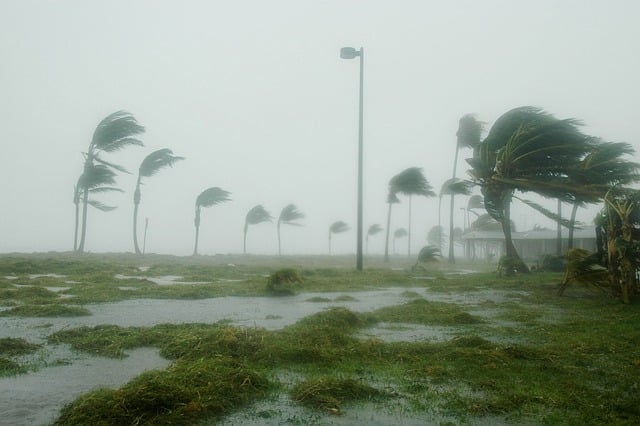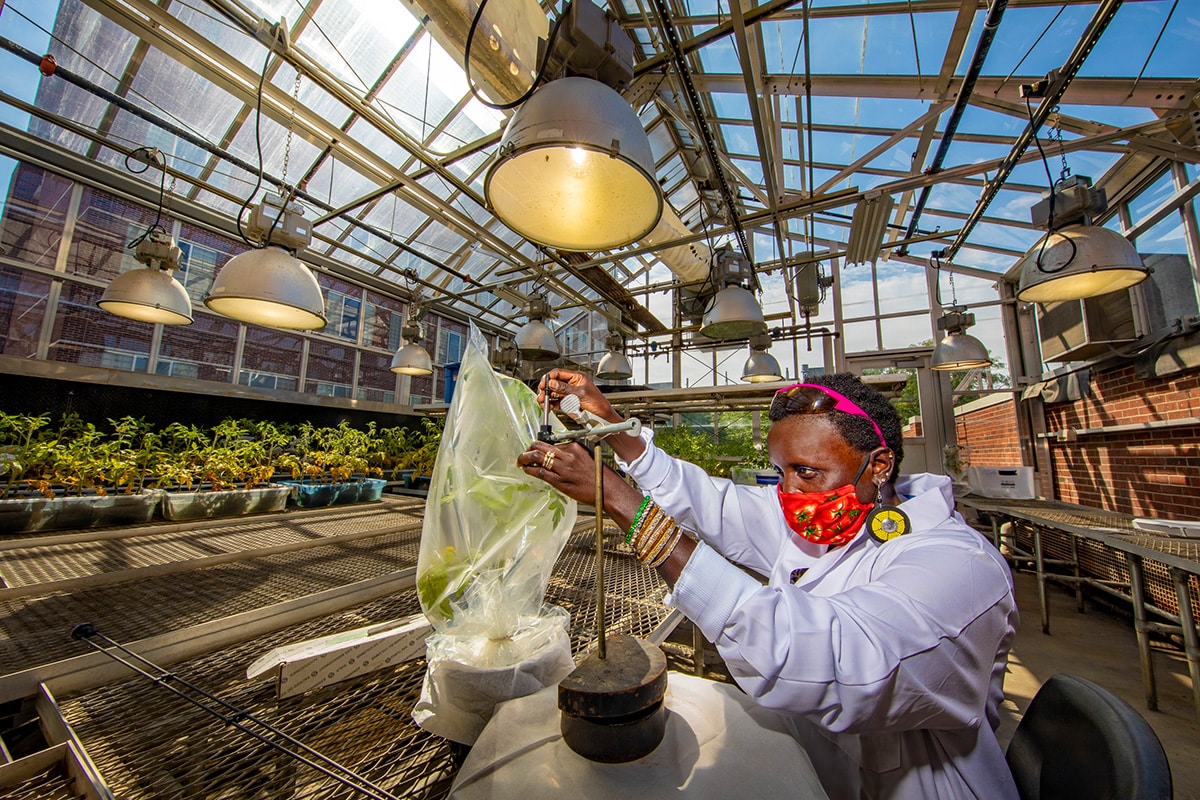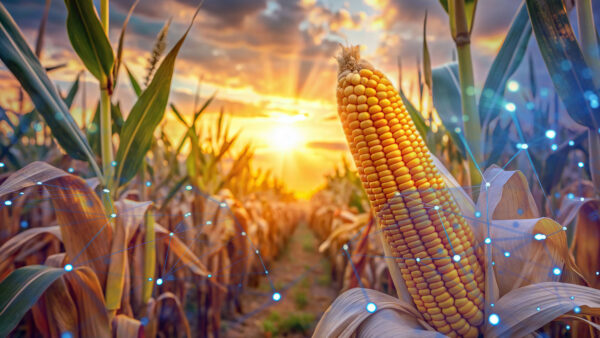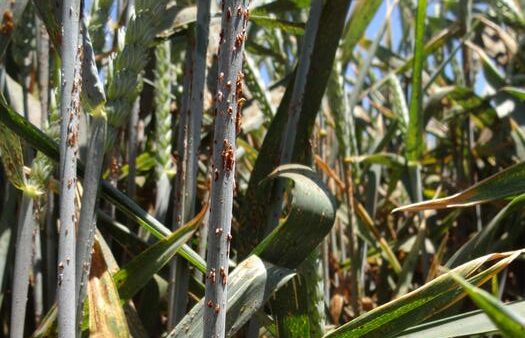Information included for disaster assistance and more.
Hurricane Helene made landfall near Perry, Florida, on September 26, 2024, as a Category 4 storm with winds reaching 140 mph. The storm caused widespread damage, particularly in Florida’s Big Bend region, which had already been hit by multiple hurricanes in the previous year. Helene brought devastating storm surges of up to 15 feet in some areas, causing severe flooding and inundation along the coast. Agricultural losses were significant, especially for farmers in the Big Bend area, which is home to many small-scale farming operations.
The storm system brought catastrophic flooding to Western North Carolina, Eastern Tennessee and Georgia. This is a developing story and we hope to bring stories about our seed producers in some of those areas soon.
Farmers across Florida and Georgia faced immediate challenges due to crop damage, especially as the storm coincided with the fall harvest season. Crops such as pecans, which are a major agricultural product in Georgia, were particularly vulnerable. Helene’s strong winds and flooding also posed a threat to cotton and peanut crops, leading to concerns about overall yields as farmers scrambled to salvage what they could before the storm hit full force (Farm Policy News Successful Farming).
In addition to direct crop losses, Helene’s wind and water damage to infrastructure—such as greenhouses, irrigation systems, and fencing—forced many farmers to seek disaster relief to repair or replace damaged equipment. The Florida Department of Agriculture quickly initiated programs offering interest-free loans to help producers recover (Growing Produce).
Overall, while the storm moved quickly and brought less rainfall to Florida than other hurricanes, the combination of high winds, storm surge, and flooding caused significant disruptions to agriculture in the region. Recovery efforts for affected farming communities are expected to take months(NESDIS, Successful Farming).
The Extension Disaster Education Network (EDEN) has compiled disaster education resources from the 1890 land-grant institutions across the United States. EDEN also provides hurricane– and flood-related resources.
The U.S. Department of Agriculture’s National Institute of Food and Agriculture created a website detailing resources for those impacted by Hurricane Helene. The website gives links to USDA NIFA program contacts and links to efforts of the Federal Emergency Management Agency (FEMA) and the Department of Homeland Security (DHS).
The U.S. Government website has information about disaster recovery, finding friends and family, financial assistance, mental health resources, communications, food safety guidance for people, pets and livestock, risk management and disaster assistance options for agricultural producers, U.S. Geological Survey and weather conditions. The site also details how Hurricane Helene is impacting capital markets and lists any government agency closures.












